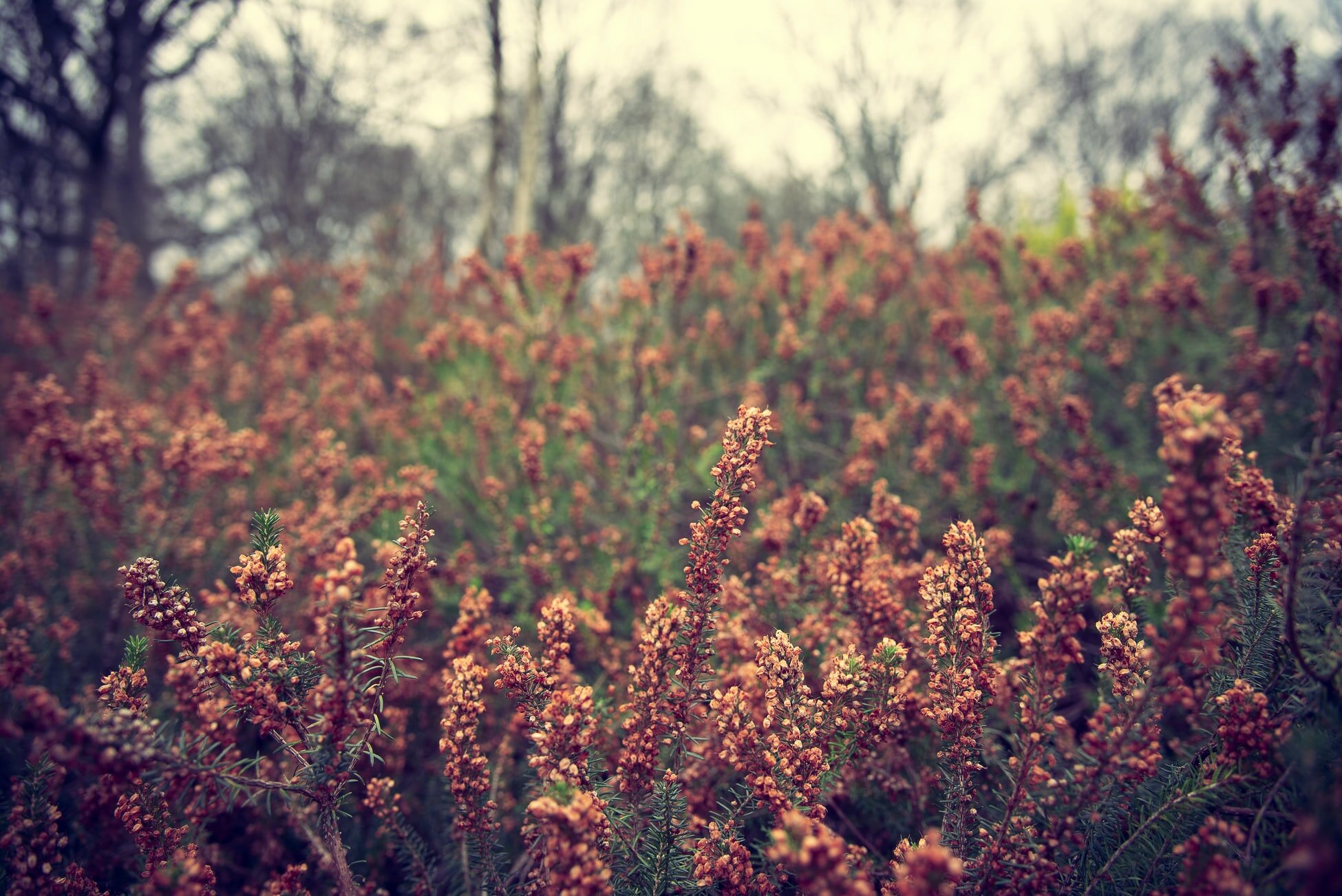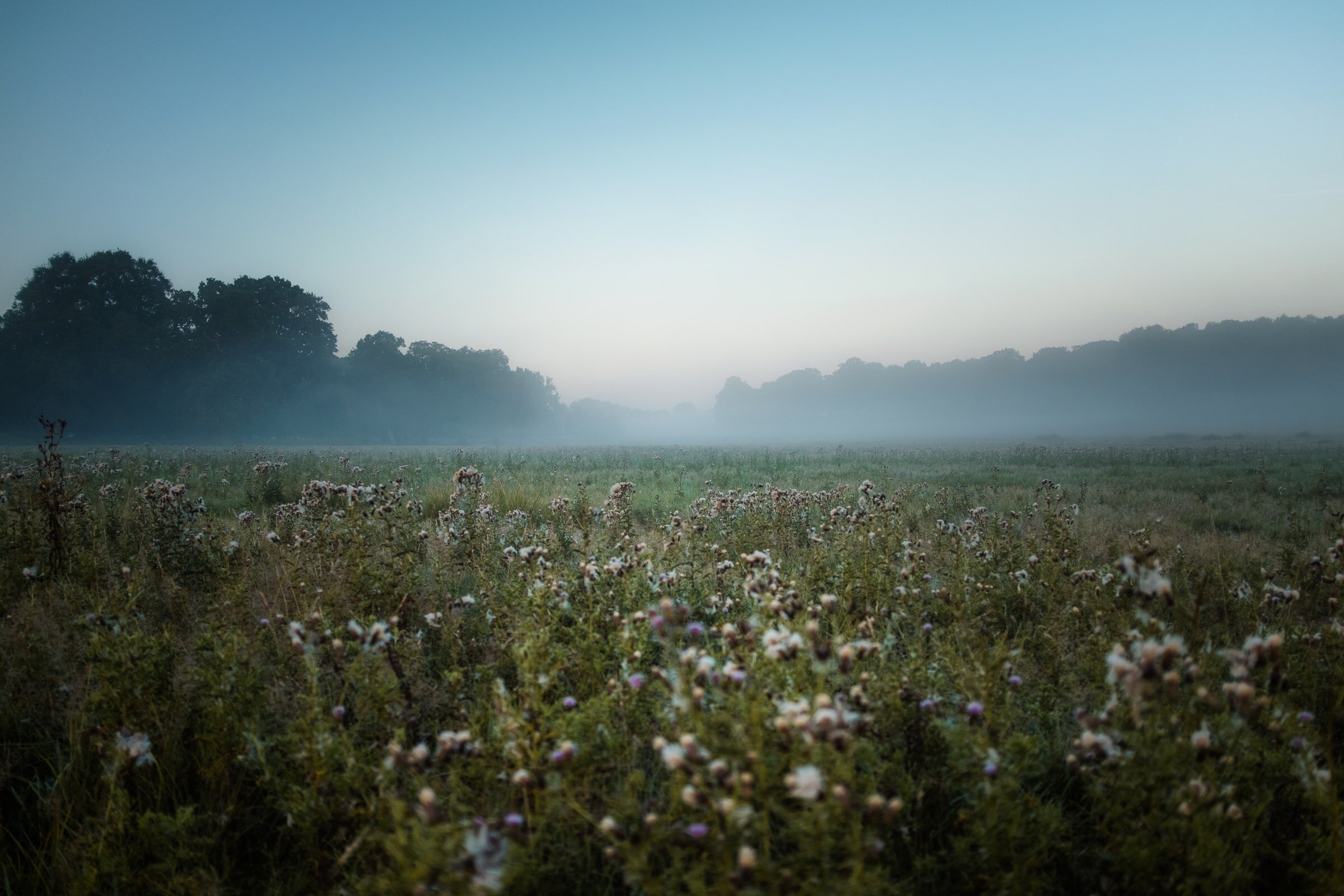Where the wild things are
11 February 2020
By Natasha Goodfellow - writer, editor, plant lover and new contributor to Planted’s editorial team. Natasha writes regularly for Garden Illustrated, Elle Decoration and Country Life among others.
London is a concrete jungle, right? The busy, fume-fugged roads, howling sirens, constellations of street lamps and endless intersection of brick, tarmac, stone and metal combine to form inhospitable habitats in which nature can barely secure a toehold, let alone forge a life.
Well, not entirely. It’s true that air quality leaves much to be desired – 99 per cent of the capital has particle pollution levels above the limits set by the World Health Organisation. It’s true the city is growing at an incredible rate, expected to swell with an additional 1.3 million people in the next nine years (though some question whether the combined effects of Brexit and the pandemic might temper or even reverse that trend). And yes it’s true that the City of London has biodiversity levels over 100 times lower than those of the Highlands of Scotland. Once-common species such as the small blue butterfly, the water vole and even our iconic house sparrows are, in line with national trends, declining rapidly.
But that’s not the whole story. With its many parks and proliferation of gardens, London is one of the greenest cities in Europe and there are plenty of spaces where wildlife can flourish unfettered, if you know where to look. Some are obvious: those areas managed as wetland centres or nature reserves (did you know greater London boasts nearly 150 of these alone, stretching from Walthamstow Wetlands – Europe’s largest wetland nature reserve – in the north east to the acid grassland of Ham Common in the south west?). In its larger, more wooded parks and cemeteries such as Richmond Park or Highgate Cemetery it’s surprisingly easy to forget you’re in the city and lose yourself in the verdancy and birdsong, and even in smaller parks and green spaces there can be unexpected pockets of wilderness. Hidden in its centre, Brockwell Park in Brixton boasts a wildflower meadow alive with the chirring of grasshoppers in summer, while at King Henry’s Walk Community Garden in Islington, the tiny Docwra’s Wood is a haven of biodiversity in an otherwise heavily developed borough. Similarly, an inconspicuous, windswept spit of land in Brentford is home to two rare species of molluscs – the two-lipped door snail and the German hairy snail.
Then there are the accidental wildernesses, too. Who hasn’t marvelled at the track-side forests of butterfly-covered buddleja from a station platform or train window; the fox cubs playing in the overgrown garden of a boarded up house, or the patches of wildflowers and nettles that colonise building sites, road verges and patches of urban wasteland? For it is in these unmanaged, untrampled and often overlooked areas (which, ironically tend to crop up far more in the city than in the countryside) where nature can truly thrive. As a new book, The Botanical City (Hoxton Mini Press, £25) points out, ‘wherever farming is at its most intensive, the pressure on plants and wildlife is often greatest. Many resourceful species have actually found refuge from weed killers and herbicides in the city, where they’re often just let to get on with it.’
And while our eyes have become accustomed to the glories of garden plants, it is the wily plants which colonise these areas, perfectly suited to their needs, that then attract the wildlife that have evolved to depend on them. Think of the stands of teasels which spring up along canals and whose seedheads attract clouds of goldfinches; the pretty, red-stained leaves of herb robert, often found creeping through cracked pavements or shady corners, whose flowers provide food for butterflies and moths; and the much-maligned ivy whose flowers support over 140 different species of insects, and which are vital to honey- and bumblebees over the winter.
I was pleased to learn that several such areas (many of them along railway tracks or other marginal areas) considered to contain high levels of biodiversity or which are home to priority species, have been identified as Sites of Importance for Nature Conservation (SINC) and will receive ‘a high level of protection from development in the Mayor's new London Plan’.
This plan brings more good news too, seeking as it does to increase the amount of green cover in London to over 50 per cent by 2050, to plant hundreds of thousands more trees and to develop a biodiversity net gain approach, something already implemented in the Thameslink rail project. In a further bid to boost the ecosystem, it also seeks to increase the area of London planted with flower-rich grassland to 250 ha by 2050, and to increase the area under reedbeds to 30ha over the same period. Of course, targets are often little more than fine words, but it’s heartening to know that the will, at least, is there. And wouldn’t it be wonderful, a few years from now, to venture out once again into a London morning filled with the chatter of sparrows?
Ends
Instagram @natasha_goodfellow





